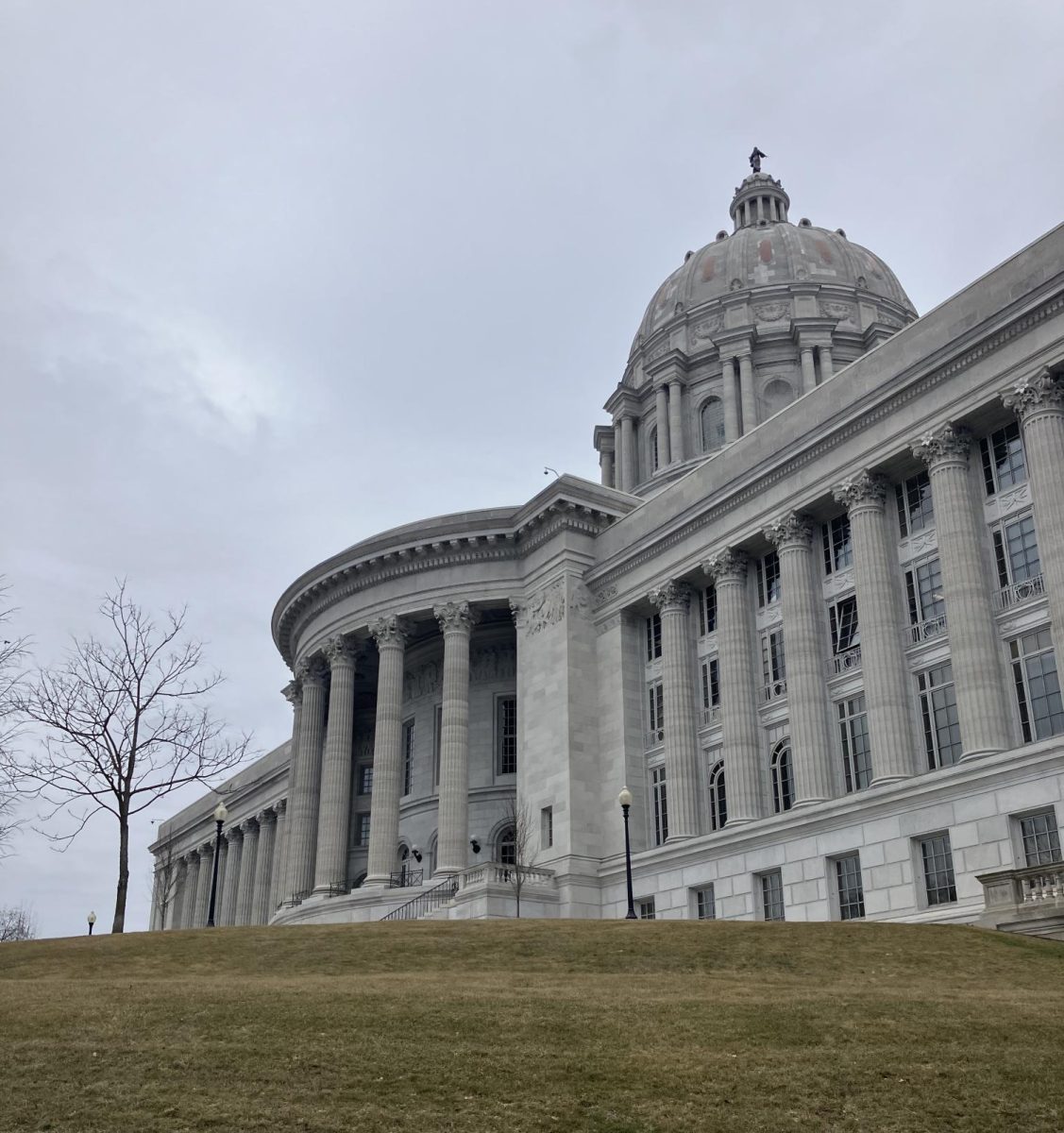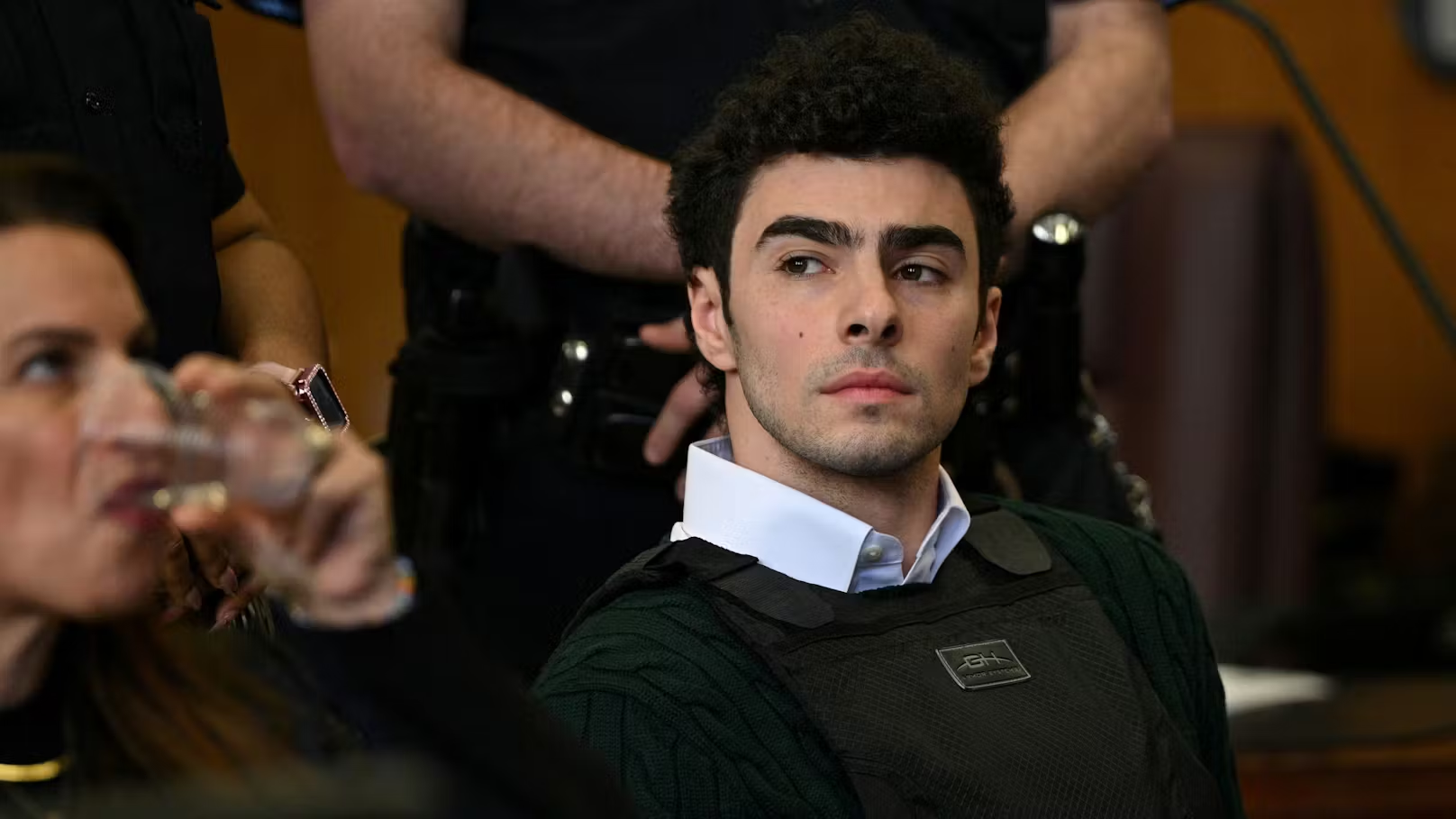During the months of April and May, students across the United States protested the spending of their respective college’s endowment through sit-ins, chants and campus occupations. It serves as an example of the need for greater student influence and representation over collegiate issues, such as where an endowment is spent.
Endowments are a collection of tax-exempt donations and investments. They can be used flexibly or endowed for a specific purpose, such as creating a new dining hall or funding research. For example, Harvard University stretches its $50.7 billion endowment over 14,000 individual funds, 30% of which are flexible and 70% endowed, spent at a rate of around 5% a year. Yet all endowment money can be invested to generate more money for an endowment that keeps on growing. They also work as a rainy-day fund for economic uncertainties, such as the COVID-19 pandemic. But even during the pandemic, some elite colleges like Stanford University enacted layoffs and budget cuts instead of delving into their multi-billion dollar endowments.
It doesn’t feel good for people shouldering piles of student debt to see billions resting on elite colleges through endowments. It doesn’t feel good for the students, faculty or alumni of over 100 small private colleges that had to shut down, merge with other institutions or cut off less profitable fields, such as humanities, since 2016. Endowments have become a savings account that for some colleges, aren’t being used when times are tough or for the benefit of the people. Most importantly, it enriches the super-wealthy or morally controversial causes.
For example, large-endowment colleges use their endowments to invest in hedge funds and real estate, despite moral implications. Hedge funds manage investment money to gain positive returns while charging a 2% management fee and a 20% fee on profits. Despite being high-risk, high-fee, unregulated and market manipulators, the most successful hedge fund managers enrich themselves and their wealthy clients by the billions, widening the already drastic gap between the rich and the poor. Universities today have $130 billion invested in hedge funds. For example, Harvard invests 31% of its endowment in them, and, most notably, $2 billion in one managed by the multi-billionaire organization Baupost Group, which profits off of and owns $1 billion in Puerto Rican debt. Similar to hedge funds, the institution invests in exchange-traded funds, an investment fund traded on a stock exchange. Two of the seven ETFs they invest in include CoreCivic and GeoGroup, billionaire companies that operate private prisons that mistreat, underpay and abuse their prisoners and profit off of immigrant detention and mass incarceration. Harvard students have protested divestment from these causes, to no avail.
Lastly, endowments invest in real estate, tax-free for educational institutions. Yale University’s properties were valued at over $4.2 billion in 2022, which continues to increase and harm the local city with its tax-exempt status. Harvard spent $1 billion acquiring land across the world, half of which was spent in Brazil, fueling deforestation, violence and violations of indigenous land rights. None of these institutions have increased their student enrollment substantially since 2002, according to Columbia and Top Tier Admissions.
Colleges have wealth, power and influence. Their investments make political, financial and social statements and the tuition of students are funding them– students who may not agree with those statements. It’s only reasonable for students to do what they have always done: protest.
The efforts of student protesters have changed where college endowment money goes. Over 100 colleges divested from fossil fuels, 30 colleges divested from tobacco and 110 colleges divested from South African apartheid– divestments initiated from the late 1970s to 2010s, according to Everytown Support Fund, The University of Alabama and Amherst College.
However, at Columbia University, University of Chicago and over 60 other college campuses, students protesting divestment from the Israel-Hamas war were shut down by police with riot gear, were arrested or faced withholdings or rescindings of degrees. Over 700 students arrested for participating in these majorly peaceful protests were charged for misdemeanors such as trespassing, resisting arrest and disorderly conduct. Colleges released statements denouncing the disruption. In the end, The Evergreen State College was the only educational institution to fully divest from the war. It’s hard to believe student protests would’ve worked anyway– divestment is a serious political and financial decision, the war is controversial and there’s only so much students can do when billionaire fund managers sit behind their school’s management boards.
But students shouldn’t have to resort to protesting for their opinions to be heard because they deserve a voice of impact, too. Students should have a democratic seat on their respective endowment managing board. They should be able to access investment records and have a say on where money goes. It’s clear through the number and intensity of recent protests that existing student councils of these institutions don’t have enough influence on students or administrators. Giving student representatives a new, stronger voice would disincentivize disruptive protests, increase student safety and empower the youth. After all, democracy resolves conflict.









